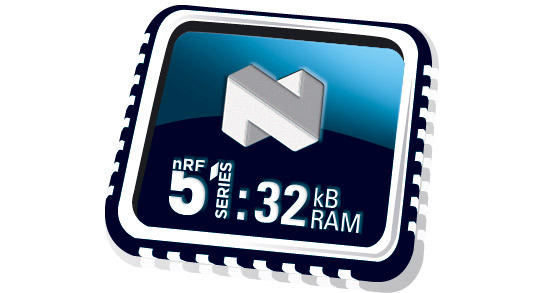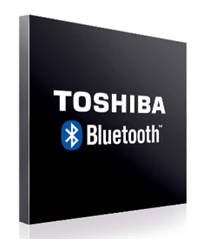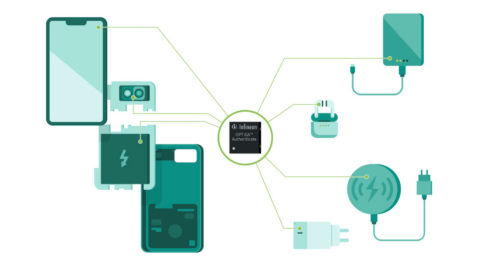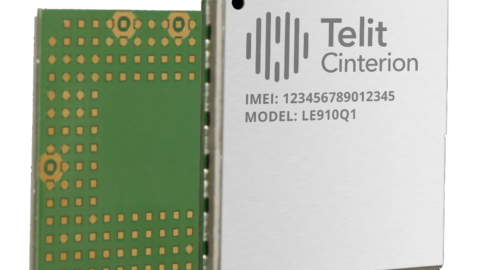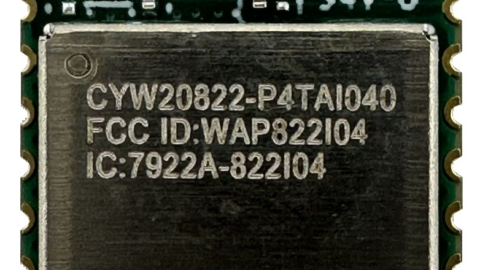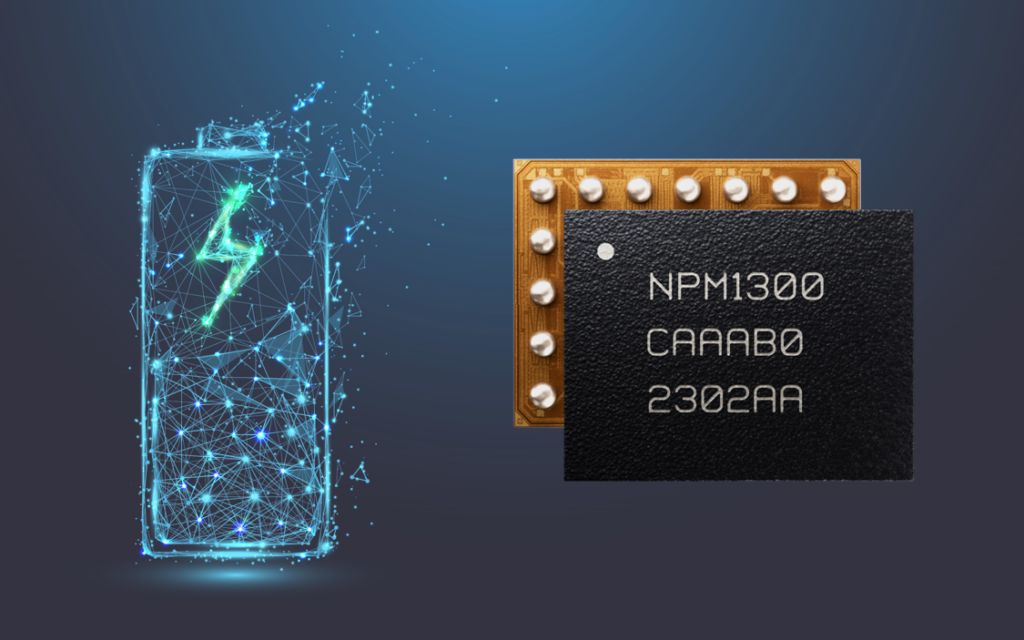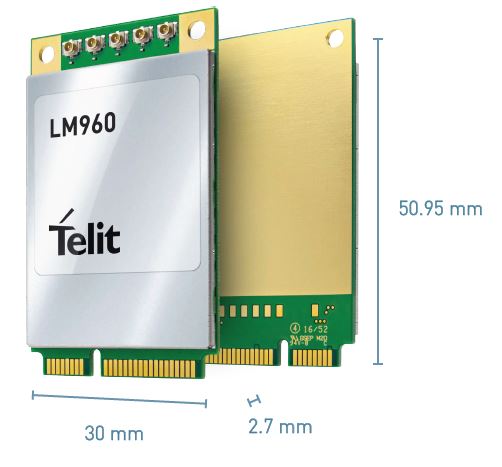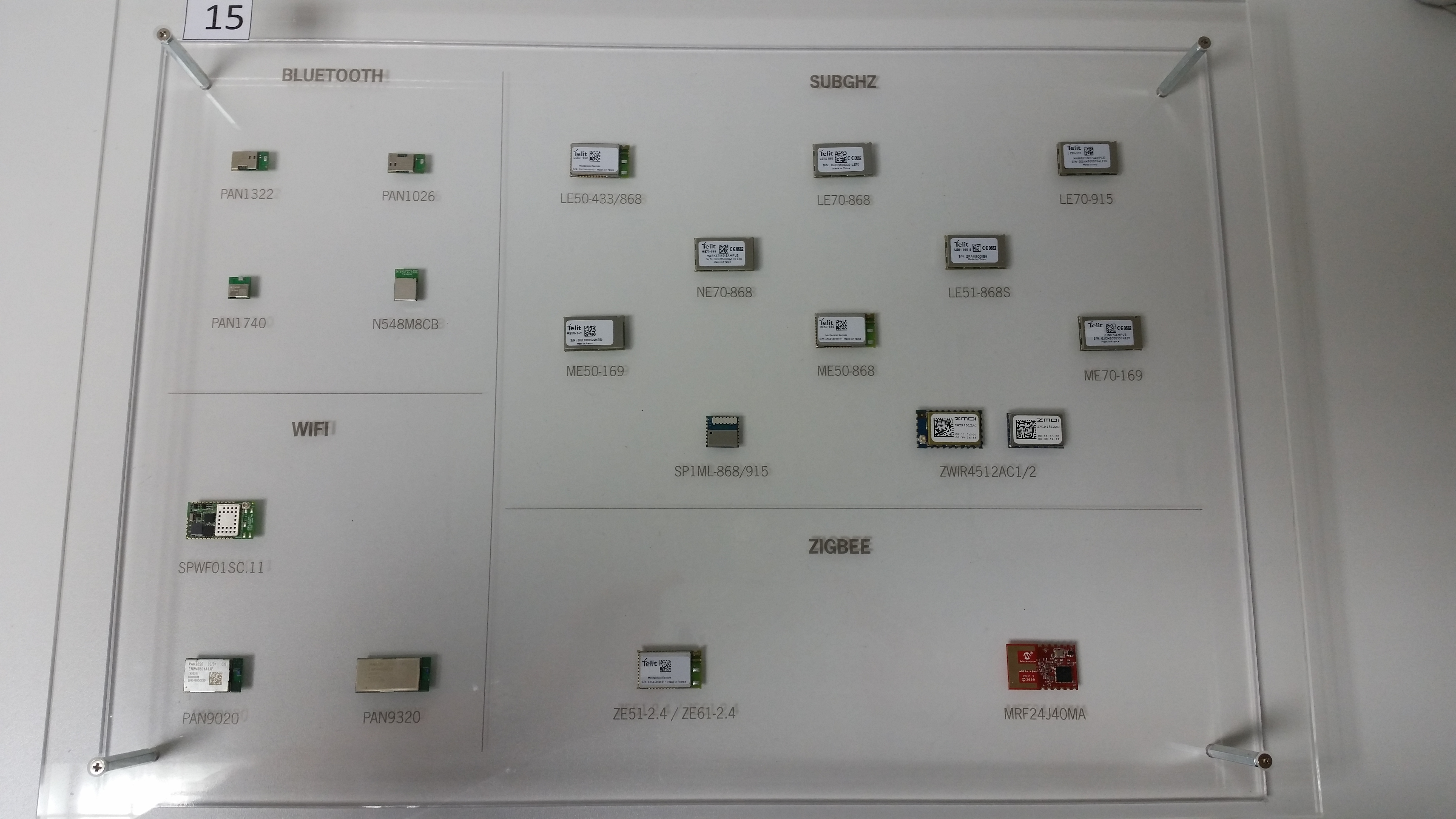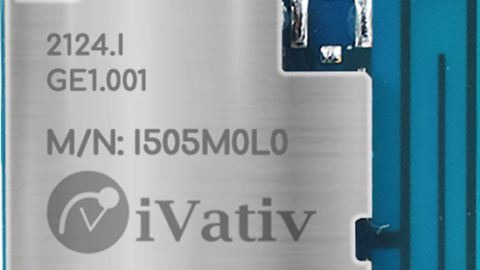Enhanced nRF51 Series SoCs feature RAM doubled to 32kB for improved application performance and ultra-compact packaging for smaller wearable designs
Ultra low power (ULP) RF specialist Nordic Semiconductor ASA (OSE: NOD) today announces a refresh of its award-winning nRF51 Series Systems-on-Chip (SoCs). The latest enhancements include variants with 32kB RAM, and 128kB flash wafer level chip scale package (WLCSP) options. The improvements are available for the nRF51822 Bluetooth® Smart and 2.4GHz proprietary SoC and the nRF51422 ANT and ANT/Bluetooth Smart SoC.
First launched in June 2012, the nRF51 Series SoCs are optimized for ULP wireless connectivity. The SoCs integrate a 2.4GHz multiprotocol radio, 32-bit ARM® Cortex™ M0 processor, up to 256kB flash memory and random access memory (RAM). The nRF51 Series software architecture features a unique and powerful separation between protocol stack and user application code providing application developers maximum flexibility, ease-of-development, and code safety. (See “About the nRF51 Series” below.)
RAM forms the “short-term working memory” of the nRF51 Series SoC and by doubling its capacity, the chip’s ability to run more complex, computationally intensive applications is greatly enhanced. Together with other improvements that further increase the SoC’s performance, greater RAM allows the chip to run either more complex application software compared to the previous generation of the nRF51 Series or the same application code considerable faster. In addition, the enhancements improve the ability of the SoC to act as the major processing device for the end-product application.
The RAM increase also future proofs the nRF51 Series allowing the SoCs to run new SoftDevices with greater performance and features that will demand more working-memory resources. (Nordic’s SoftDevices are self-contained stacks for nRF51 Series SoCs that incorporate RF protocols and associated management frameworks.)
The latest nRF51 Series SoCs will be available in a wider range of packaging options allowing engineers to design even more compact products – a feature that is of increasingly vital importance especially in the burgeoning wearables sector.
The new nRF51 Series SoCs will be drop-in compatible with existing nRF51 Series SoCs and will be supplied in a 6 x 6mm QFN package and WLCSP variants measuring as little as 11.8 mm². When WL-CSP devices are used together with thin film chip baluns from third party partners, the total footprint of the wireless device can be reduced to just 12.8 x 13.8mm².
A new nRF51 Development Kit (DK) complements the refreshed nRF51 Series SoCs. The nRF51 DK makes it possible to develop Bluetooth Smart (formerly know as Bluetooth low energy – see “About Bluetooth Smart” below), ANT, and 2.4GHz proprietary applications on a single board. The nRF51 DK is compatible with Arduino Uno form factor shields and supports both native Keil/IAR/GCC and the ARM mbed™ development tool-chain.
“Engineers are running progressively more powerful wireless connectivity applications on Nordic’s nRF51 Series SoCs and the latest revision of the product family addresses customer demand for more RAM to enhance the operation of these applications,” says Thomas Embla Bonnerud, Director of Product Management for Nordic Semiconductor. “In parallel, customers have requested more compact nRF51822 and nRF51422 solutions especially for the rapidly expanding wearables sector. The smaller package option will satisfy this demand.
“The increase in RAM brings numerous benefits to real-time applications that often need that bit extra in terms of short-term working memory. On rare occasions the amount of RAM in the previous versions of the nRF51 Series limited how well an application performed on the chip even though the processor was operating well within its capability,” explains Bonnerud. “By doubling the RAM allocation that restriction has been cleared.”
Engineering samples of Nordic’s nRF51 Series SoCs with 32kB RAM can be ordered at Rutronik. Production volumes will be available before the end of 2014.

